Microscopes Compound
The high-performance compound microscope for every laboratory with fixed, pre-centred Koehler illumination.
The KERN OBF and OBL models are excellent, stable laboratory microscopes for all common routine applications
Through the simple Köhler lighting, the adjustable field diaphragm and a pre-centred and height-adjustable Abbe condenser with adjustable aperture diaphragm, these microscopes produce superb images in both the light and dark field
As standard, these microscopes, depending on the model, are fitted with wide-field eyepieces, achromatic, planachromatic or infinitely corrected E-Plan lenses
These binocular microscopes are fitted with a dioptre compensation
A trinocular head is available as an option, so that you can connect a camera
A revolving unit for up to 4 lenses and a large specimen stage are included with delivery as standard
The following optional accessory items are available: Various eyepieces, lenses, a complete polarisation kit, a phase-contrast unit as well as complete HBO and LED fluorescence kits etc.
The light is provided by a 20 Watt halogen lighting unit or by a 3 Watt LED version as an alternative
A central feature of this adaptable, robust microscope range is the stable mechanism which can be adjusted precisely
Report Abuse
Shipping Details
Based on 0 reviews
Be the first to review “Microscopes Compound”
You must be logged in to post a review.
Vendor Information
- Store Name: ATLANTIC Scientific and Research Supply
- Vendor: ATLANTIC Scientific and Research Suply
- No ratings found yet!
-
Health & Medical
Disintegration Double Vessel
1 There are twelve tubes in two basket assembly.
2 Each test station is driven independently. Auto stop at timing point.
3 The bath liquid can achieve an even temperature.
4 A MPU is used to automatically control the temperature, time and frequency of nacelle back and forth.
5 Timing at will. The preset and real time data can be displayed alternately in time.
6 Automation: auto-test, auto-diagnose, auto-alarm.
SKU: n/a -
Health & Medical
Capillary Sequencer
American Applied Biosystems, known for its technological innovation, recently launched the new 3500 Series Genetic Analyzers, setting a completely new standard for capillary electrophoresis. It integrates a series of platform innovations designed for optical and thermal systems, opening up an innovative consumable system. The common superposition of these elements makes 3500 Series products the gene analyzers of the highest performance ever.
SKU: n/a -
Health & Medical
Microtome
The M-240 microtome from Myr uses state-of-the-art technology and embodies the company´s commitment to quality and excellence in microtomy. It provides the operational convenience and the stability required for outstanding sectioning in routine, research and industry applications
SKU: n/a


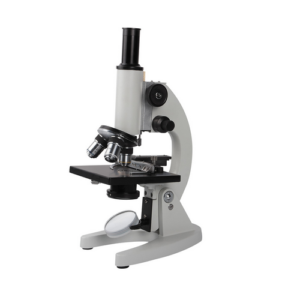
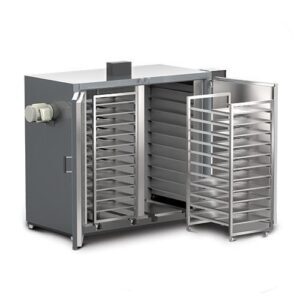
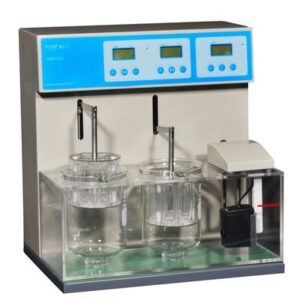
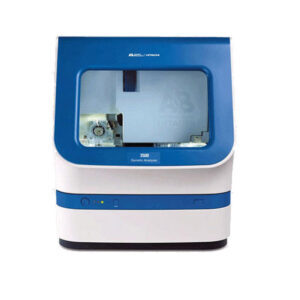
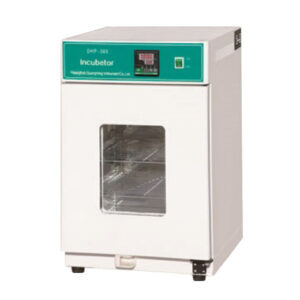
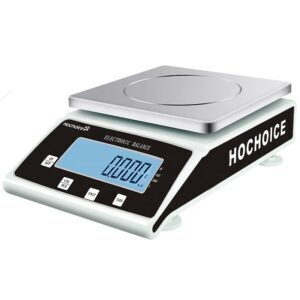
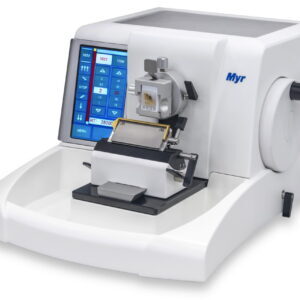
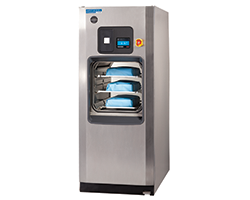
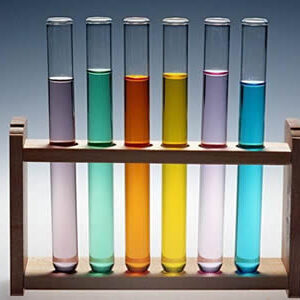
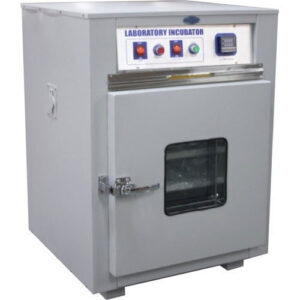
There are no reviews yet.